Pain and tightening of muscles in the lower extremities. A cramp is an uncontrolled and sudden shortening of the length of a power or a change in its tension. It causes sharp pain, usually lasting a few seconds, but cramps last several minutes.
In the case of the legs, it most often affects the calf muscle area. Leg muscle cramps occur mainly at night and are so severe that they pull the patient out of sleep. This ailment has many causes, and long-term diagnosis is often necessary. Leg cramps are related to changes in the length and tension of muscle fibers.
Recognizing leg cramps is relatively simple despite the varying levels of discomfort experienced by individuals. These cramps most commonly affect the calves but can also occur in other areas of the legs, such as the feet. When muscles tighten intensely, causing a sensation of pain, it becomes an uncontrollable condition.
The duration of this symptom can range from a few seconds to several minutes. Leg cramps often manifest at night and disrupt sleep, although they can happen during any activity after exertion, walking, or even while resting.
While more common among women and seniors, leg cramps are sporadic in children. It is crucial not to underestimate these limb muscle cramps as they may accompany severe conditions—particularly worrisome signs include swelling and bruising of the legs and severe muscle spasms.

There are various causes of cramps in the muscles of the lower extremities. However, determining the reason to deal with the unpleasant ailment is very important. Cramps can be excruciating and troublesome. Some of the most common causes of this ailment include such factors as:

Prolonged leg strain – Muscle strain is one of the more common causes of cramps. If you experience frequent cramps, ask yourself if you have recently carried heavy objects or walked for long periods in heeled shoes. Leg muscle cramps may be the result of weakened muscles.
Intense physical exertion – Leg cramps, a common issue among athletes and physically active individuals, often result from intense physical exertion. While regular physical activity benefits overall health, specific exercises can increase the likelihood of experiencing cramps if not performed correctly. For example, running should be cautiously approached by ensuring proper footwear for safety purposes.
Sedentary lifestyle – A sedentary lifestyle, characterized by prolonged periods of sitting or inactivity, is another factor that goes against regular physical activity. Engaging in too little physical activity can contribute to the occurrence of leg cramps. Individuals who have jobs requiring long hours of sitting are particularly susceptible to experiencing these cramps. This situation results in increased pressure on the muscles in the lower limbs and reduced oxygen supply to these muscles. The risk for developing such ailments significantly rises if one is obese or maintains an incorrect sitting posture.
Dehydration – Muscle cramps can be influenced by various factors, including dehydration![]() . Dehydration may occur due to high temperatures, inadequate hydration during exercise, or medical conditions like diarrhea, vomiting, or fever. These situations can lead to imbalances in water and electrolytes, resulting in symptoms such as muscle cramps.
. Dehydration may occur due to high temperatures, inadequate hydration during exercise, or medical conditions like diarrhea, vomiting, or fever. These situations can lead to imbalances in water and electrolytes, resulting in symptoms such as muscle cramps.
Mineral deficiencies – Mineral deficiencies can occur due to dehydration, an ill-balanced diet, or other factors. When the body lacks potassium, calcium, or magnesium![]() , muscle cramps may arise. A potassium deficiency slows down muscle recovery and results in cramping issues. Insufficient calcium and magnesium intake can also contribute to frequent muscle cramps.
, muscle cramps may arise. A potassium deficiency slows down muscle recovery and results in cramping issues. Insufficient calcium and magnesium intake can also contribute to frequent muscle cramps.
Varicose veins – Varicose veins are a permanent elongation and widening of a vein that causes it to acquire a tortuous course. Varicose veins arise primarily on the legs. They are a sign of chronic venous disease. When superficial veins are affected, they are visible through the skin and form palpable bulges. One of the causes of the appearance of muscle spasms is varicose veins. The unpleasant cramps are then accompanied by additional swelling of the feet and ankles.
Neurological disorders – Neurological disorders can be indicated by regularly recurring cramps. In some cases, cramps may be symptoms of both dystonia and Parkinson's disease![]() . While Parkinson's disease manifests in involuntary contractions of the legs, it can also affect the arms and facial muscles. On the other hand, dystonia is a movement disorder classified as a neurological disease. It is characterized by the occurrence of involuntary movements and postural abnormalities.
. While Parkinson's disease manifests in involuntary contractions of the legs, it can also affect the arms and facial muscles. On the other hand, dystonia is a movement disorder classified as a neurological disease. It is characterized by the occurrence of involuntary movements and postural abnormalities.
Limb ischemia – Sometimes, calf cramps are due to blood supply disorders to the muscles. Chronic ischemia of the lower extremities is a condition in which the supply of oxygen to the tissues of the lower extremities is inadequate. The cause of the described disorders may be hypertension. As with vascular diseases of the lower extremities, there may be insufficient blood supply to the calf muscles during hypertension.
Taking medications – When individuals take medications like diuretics or laxatives, they may experience symptoms of leg cramps. Additionally, certain medicines utilized to manage high blood pressure, such as diuretics, can have similar side effects. If these medications are discontinued, leg cramps should diminish. However, if the kinks persist despite stopping the medication, there may be an underlying cause that differs.

Leg muscle cramps can be a harmless symptom due to overexertion or an unhealthy lifestyle. Symptoms then disappear once the cause is ruled out. But sometimes, leg muscle cramps can indicate a severe medical condition that should not be underestimated. Leg cramps often occur in seniors with a higher risk of disease. These may be the first signs of a developing illness. Cramps can be signals of developing conditions, which include:
Diabetic neuropathy involves damage to the peripheral nervous system caused by diabetes. It can occur in all types of diabetes. Continued excess sugar systematically impairs the rate at which the nervous system conducts various stimuli. Sensory neuropathy or polyneuropathy![]() weakens the peripheral nerves, that is, those in the skin and muscles.
weakens the peripheral nerves, that is, those in the skin and muscles.
When diabetes damages the arterial vessels in the legs, they gradually become overgrown with atherosclerotic plaque, making the veins less flexible. Nightly painful cramps, tingling, and stabbing indicate the disease is progressing. Patients may then experience severe tingling in their feet.
Long-lasting pains in the muscles of the legs and cancers occur, sometimes they are sharp but of short duration. If the motor muscles are also damaged, atrophy occurs. Foot deformities develop for the same reason. Over time, as the neuropathy develops, additional symptoms can occur. The mainstay of treatment for sensory neuropathy is normalizing blood glucose levels.
Atherosclerosis is an insidious disease that can develop asymptomatically for up to several years. It is an inflammatory condition caused by blockage in blood vessels![]() , generating oxygen and nutrients to reach individual organs in a limited way. The likelihood of a heart attack is therefore increased. Atherosclerosis is the deposition of excess cholesterol molecules on the walls of blood vessels.
, generating oxygen and nutrients to reach individual organs in a limited way. The likelihood of a heart attack is therefore increased. Atherosclerosis is the deposition of excess cholesterol molecules on the walls of blood vessels.
An atherosclerotic plaque is formed, as a result of which the lumen of the plates becomes narrower and narrower, and blood cannot flow freely. Symptoms depend on which organ remains hypoxic and has trouble functioning properly. In cases of leg atherosclerosis, the femoral artery experiences restricted blood flow, leading to limb ischemia.
This results in cramps and pain felt in the calves, thighs, and feet. Additionally, the affected skin becomes cold and pale, with the pain easing during rest but worsening with movement. Ulcers may also develop. Atherosclerosis is caused by some factors that cause accumulation of deposits on the blood vessel walls.
Currently, there are no effective drugs for atherosclerosis. The treatment process mainly involves surgical methods such as removing the atherosclerotic plaque, dilating the vessel by inserting a stent, and bypass.
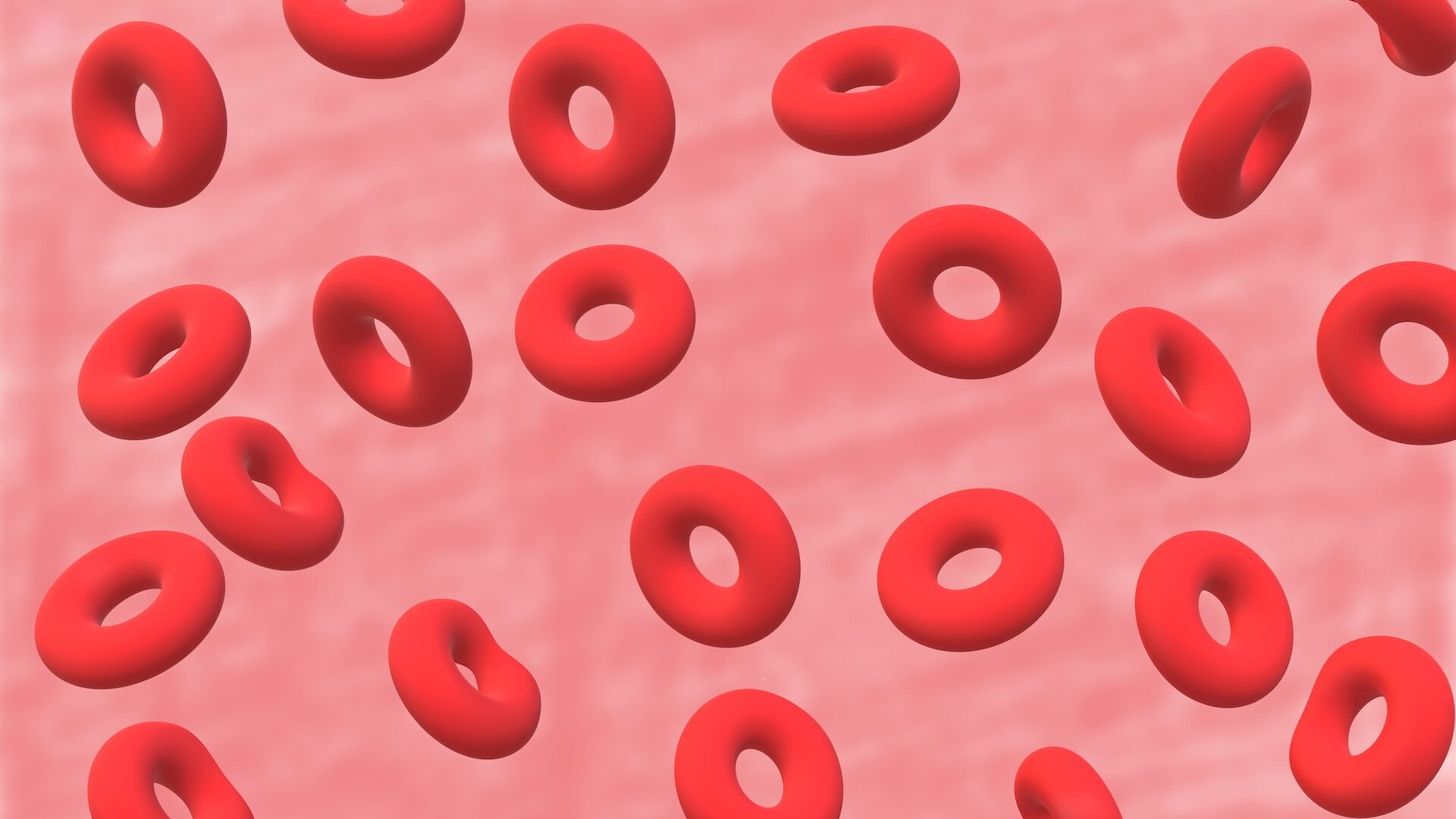
Hypertension is a permanent elevation of blood pressure. It usually does not cause symptoms for many years, and if the blood pressure value is not regularly monitored, it is detected when complications involving various organs occur. Consistent and abnormal blood pressure parameters require pharmacological treatment.
Lack of therapy can result in serious health problems, sometimes even life-threatening. Primary hypertension poses a challenge in determining its direct cause due to the multitude of contributing factors. The absence or nonspecificity of symptoms further complicates the prompt diagnosis, necessitating a comprehensive evaluation for accurate assessment.
Symptoms of this condition are usually headaches and dizziness, increased fatigue, and sweating. Calf cramps, on the other hand, are due to impaired blood supply![]() to the muscles. Then, the cause of the described disorders may be hypertension. As with vascular diseases of the lower extremities, there may be insufficient blood supply to the calf muscles during hypertension.
to the muscles. Then, the cause of the described disorders may be hypertension. As with vascular diseases of the lower extremities, there may be insufficient blood supply to the calf muscles during hypertension.
Thrombosis is a disease when a blood clot shapes in one or more veins in the body, but usually in the legs. Signs of deep vein thrombosis include swelling in the legs and pain. Sometimes, however, the condition does not produce any symptoms.
Deep vein thrombosis can occur due to various diseases affecting blood clotting, prolonged periods of inactivity such as long-distance travel or bedrest following surgery, illness, or accidents. If left untreated, deep vein thrombosis can lead to severe complications like pulmonary embolism.
Treatment includes medications, compression stockings, and surgery. In deep vein thrombosis, a blood clot shapes in a vein in the lower leg. Some typical symptoms include swelling, redness, increased pain in the affected calf and a feeling of warmth. These symptoms can occur, especially at night. Cramps may also accompany this.
The previously mentioned neurological disorder can also cause leg cramps. Parkinson's disease is caused by a process known as neurodegeneration. This progressive deterioration of nerve cells ultimately leads to their death. Typically, this degeneration occurs gradually over months or even years, resulting in damaged and dysfunctional neurons.
One common symptom indicative of Parkinson's disease is a decline in motor function, which manifests as reduced mobility in the affected patient. A feeling of stiffness and muscle tremors may accompany this. The sign is referred to as resting tremor. Observation of the type of tremor allows the doctor to distinguish Parkinson's tremor from other kinds of trembling that occur in other diseases.
An increase in muscle tension![]() resulting in muscle spasms can also indicate the development of a neurological disorder. The first symptoms of Parkinson's disease may appear after age twenty. However, it is a disease that occurs more often in seniors.
resulting in muscle spasms can also indicate the development of a neurological disorder. The first symptoms of Parkinson's disease may appear after age twenty. However, it is a disease that occurs more often in seniors.

The treatment method always depends on the cause of the cramps. Determining the reason is, therefore, an essential diagnostic process. Massaging and warming up the painful area during a twinge can aid in alleviating the symptoms. Once the pain subsides, it is essential to reflect on the underlying causes.
If cramps occur frequently, seeking medical advice is recommended. By addressing the root cause, cramp symptoms can diminish. However, if an underlying medical condition is responsible for the cramps, targeted treatment becomes necessary.
Treatment methods for leg cramps include:

Supplementation of mineral deficiencies – When the reason for cramps is a mineral deficiency, this deficiency should be supplemented. This can be done through diet or supplements. Proper nutrition can help relieve symptoms. In the case of athletes who experience electrolyte loss![]() due to intense exercise, they often encounter mineral deficiencies.
due to intense exercise, they often encounter mineral deficiencies.
Hydration – To address cramps, athletes should consider hydration as another approach. It is important to increase fluid intake during intense physical activity. Dehydration often occurs alongside mineral deficiencies, so these two remedies are commonly combined.
Restricted exercise – When excessive exercise leads to muscle weakness or damage, it is advisable to restrict physical activity. Taking adequate rest and caring for muscle conditioning can help alleviate the symptoms. To address cramps, elevating the legs is a beneficial approach. This can be achieved by using a footstool or lying on a bed while leaning against the wall.
Exercise – To prevent leg cramps caused by a lack of physical activity, incorporating appropriate exercises that avoid overloading the muscles is recommended. Stretching exercises are particularly beneficial for individuals leading sedentary lifestyles.
Massages – Massaging areas prone to cramps can effectively alleviate this ailment. By loosening tight muscles and reducing swelling, massage promotes relaxation. Increased blood flow and muscle relaxation occur during a well-executed massage, aiding in the reduction of calf cramps and cramps throughout the leg.
Changing footwear – Changing footwear can often be the remedy for painful cramps. In fact, proper footwear serves as a preventive measure against leg cramps. This is particularly recommended for individuals who are on their feet frequently and put substantial strain on their leg muscles. Opting for sporty and comfortable shoes is advisable, while avoiding heeled shoes.
Warming up the muscles – To prevent cramps, it is important to warm up your muscles properly. One effective method is using a hot compress or taking a hot bath and additionally, engaging in stretching exercises before physical activity helps to prepare and prevent injury or cramping.

Very often, leg muscle cramps occur at night, causing awakening. Therefore, whether the patient suffers from restless legs syndrome is usually analyzed in such cases.
Restless legs syndrome – is a neurological disorder![]() that causes uncomfortable sensations, such as tingling, numbness, and pain in the lower extremities. People with this condition often experience an urge to move their legs while sleeping, which can disrupt proper sleep patterns. Accurate diagnosis and effective treatment are crucial in reducing discomfort and enhancing patient comfort.
that causes uncomfortable sensations, such as tingling, numbness, and pain in the lower extremities. People with this condition often experience an urge to move their legs while sleeping, which can disrupt proper sleep patterns. Accurate diagnosis and effective treatment are crucial in reducing discomfort and enhancing patient comfort.
Typically, neurologists and sleep disorder specialists diagnose this condition. For this purpose, antiepileptic drugs, agents that increase dopamine secretion, or anti-inflammatory drugs are used. Occasionally, secondary restless legs syndrome is most often treated with iron supplementation![]() , as too little of this element may cause the occurrence. Consideration of the treatment method depends on the patient's case.
, as too little of this element may cause the occurrence. Consideration of the treatment method depends on the patient's case.
Understand the Causes and Solutions Painful and sudden muscle cramps can occur for various reasons. One possible cause is an inadequate diet that lacks essential nutrients like potassium, magnesium, sodium, calcium, and fluids. Physically active individuals who engage in intense training sessions are particularly susceptible to experiencing cramps due to the loss of water and electrolytes. However, by adopting a proper diet plan, you can effectively alleviate the troublesome symptoms associated with cramps.
Dehydration can often lead to leg cramps, making it crucial to ensure adequate fluid intake each day. It's important to be mindful of certain beverages containing caffeine![]() like coffee and tea, as they can deplete essential minerals like potassium and magnesium necessary for efficient muscle function. When these levels drop, cramping can occur.
like coffee and tea, as they can deplete essential minerals like potassium and magnesium necessary for efficient muscle function. When these levels drop, cramping can occur.
Conversely, during intense physical activity, isotonic drinks are recommended due to their composition that allows for better absorption. Incorporating water-rich fruits and vegetables such as cucumbers or watermelon into your diet is another effective way to maintain hydration.

Potassium acts on many systems and centers in the human body. The proper functioning of the heart, nervous system, or pancreas depends on it. Providing it in the daily diet is relatively easy. All you need to know is which products contain the most potassium. These include, among others:
Diet alone is sometimes not enough to keep potassium levels within normal limits. The element is flushed out by coffee consumption or absorbed from food in only a tiny percentage. That's when it's worth taking care of potassium supplementation.
Calcium is an extracellular cation involved in muscle contractility, conduction of nerve impulses, permeability of cell membranes, and blood clotting. Calcium deficiencies are rare in a properly balanced diet, but people who experience muscle spasms should pay attention to this element. Calcium is found in the following foods:
Calcium and vitamin D3, necessary for its absorption, are among the most important compounds for the proper functioning of the body, regardless of age. This is why calcium preparations are enriched with this vitamin. If you are at risk of deficiency of either of these components, it is worth consulting a specialist and starting supplementation.
Magnesium plays a vital role in various processes, including energy synthesis for muscle function. Moreover, insufficient magnesium levels disrupt the stability of cell membranes, resulting in enhanced permeability and compromising nerve impulse conduction while causing increased contractility in both skeletal and smooth muscles. The main symptom of magnesium deficiency is increased neuromuscular excitability and weakened heart function.
Foods rich in magnesium include:
Magnesium supplementation is recommended in states of magnesium deficiency. However, before starting supplementation with this ingredient, it is advisable to analyze your diet for its content or try to enrich it with products that are a good source and observe whether symptoms subside. According to official recommendations, dietary supplements cannot substitute for a varied diet.

Drugs such as alcohol and cigarettes can also contribute to leg muscle spasms. Calf pain and cramps after alcohol are primarily associated with the development of polyneuropathy, in which peripheral nerve fibers are damaged. Therefore, people who abuse alcohol are particularly prone to muscle spasms.
Also, cigarette smoking significantly increases the risk of developing chronic arterial disease of the lower extremities. For overall health, it is better to avoid these harmful substances.
Many individuals experience muscle cramps, which can significantly impede their daily functioning. Typically brief, these cramps can occasionally cause considerable trouble. Primarily affecting the calves and thighs, they may occur during rest, exercise, or while standing. Although magnesium deficiency is often associated with muscle cramps, there can be various other causes.
If the problem persists regularly, seeking medical attention is advisable as it could indicate a more serious underlying condition. During nighttime rest, some individuals suffer from severe and unpleasant leg cramps that target the muscles in their calves, feet, or thighs. The pain may even disrupt sleep or wake them up abruptly.
Nighttime muscle cramps are commonly observed in physically active individuals and frequently affect older adults. Restless legs syndrome is often related to this ailment. The causes and treatment of painful leg cramps can present a complete challenge. Consulting a doctor is recommended if dietary adjustments and supplementation fail to alleviate {persistent cramping issues.
Table of Contents

Magnesium glycinate is one of the safer forms of magnesium. Find out what functions the glycinate component has. Learn about… read more »
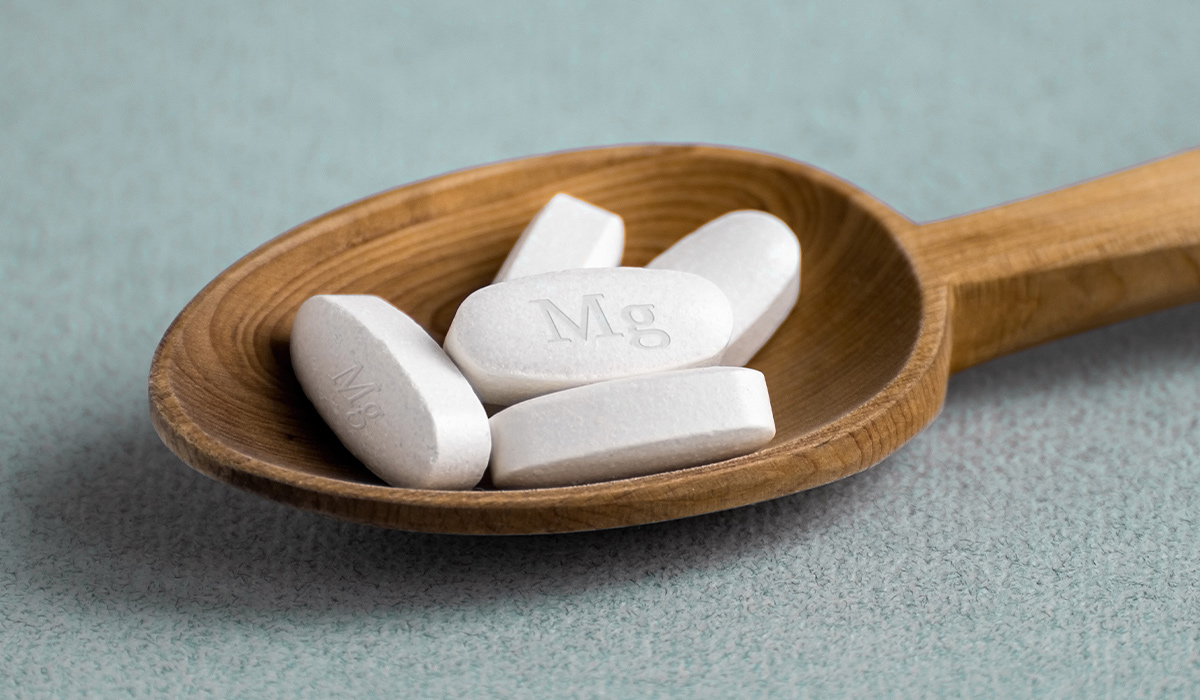
Magnesium is an important mineral, essential for the human body. Learn about the symptoms of magnesium deficiency and how to… read more »

Leg pain can have different causes and affect numerous people. The distress may well be mellow, throbbing, extreme, or show in one… read more »
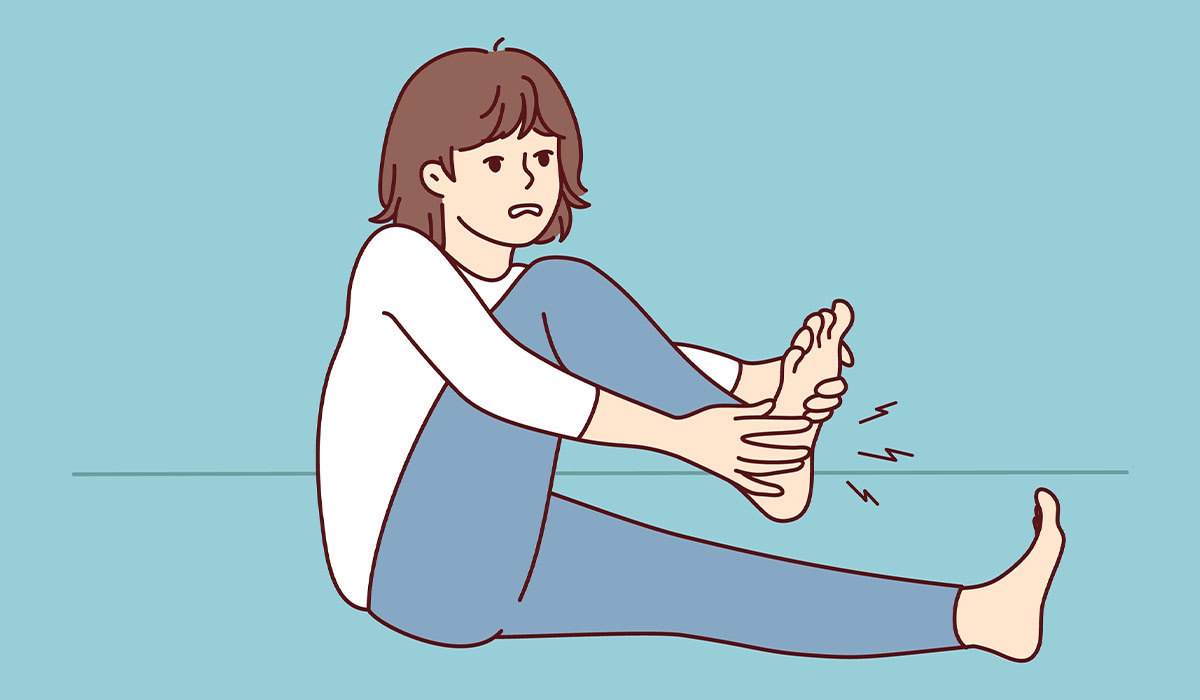
Restless legs syndrome is a disorder that causes unpleasant sensations in the legs and an irresistible urge to move them.… read more »
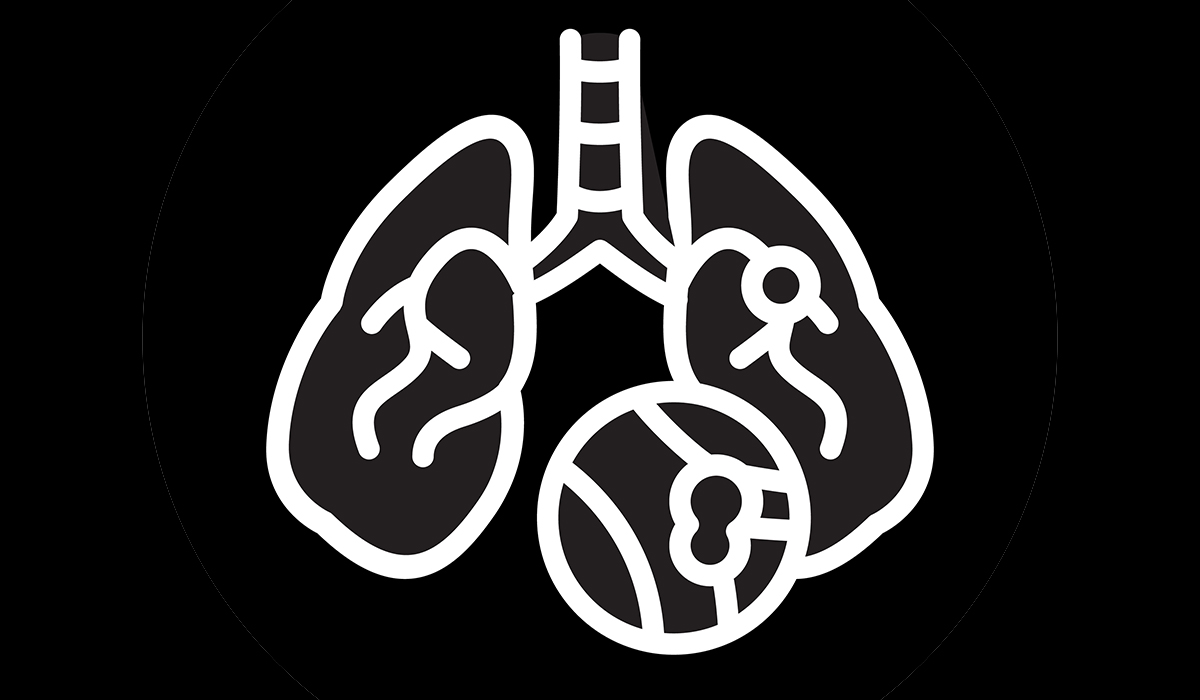
A pulmonary embolism develops when a clump, most often a blood clot, gets stuck inside the lung blood vessel. It… read more »
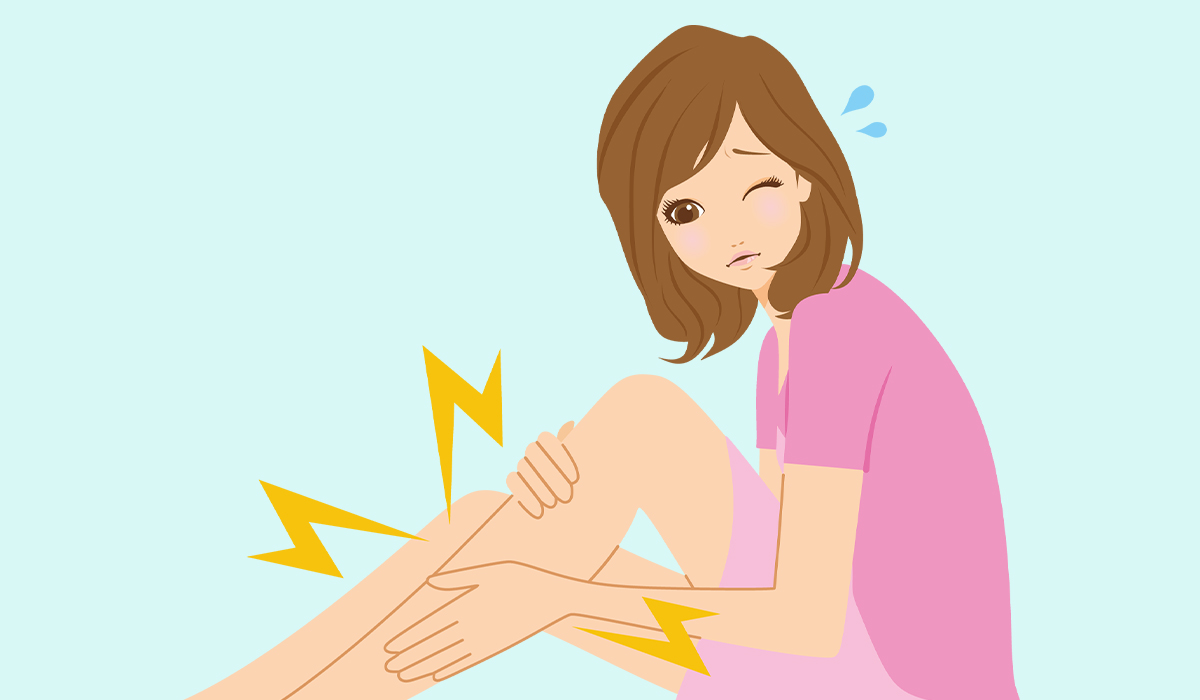
Charley Horse emerges when your muscles, ordinarily in the legs or calves, experience strong pain due to sudden tightening. It can surface… read more »

Thrombosis occurs when blood clots form inside blood vessels and partially or entirely limit blood flow. What are the symptoms?… read more »

Shin splints, or medial tibial stress syndrome, surface on the lower side of the leg near the shinbone and bring… read more »
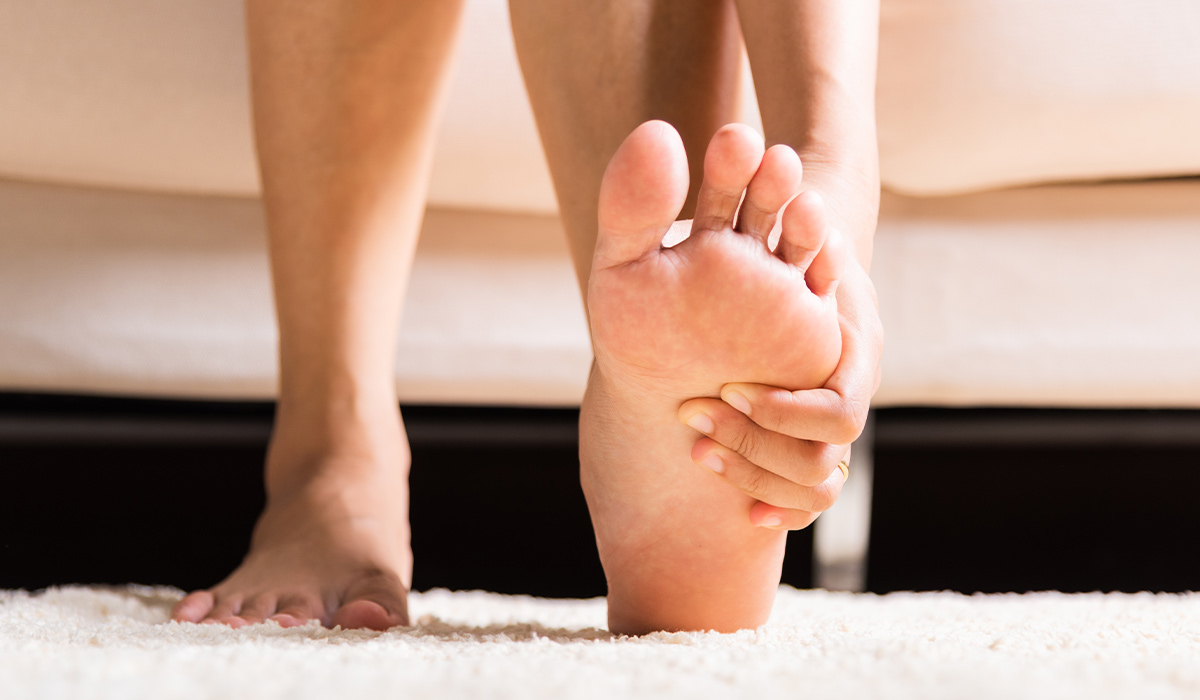
Swollen feet is an outward sign of fluid accumulation in the body. It can be a symptom of serious health… read more »